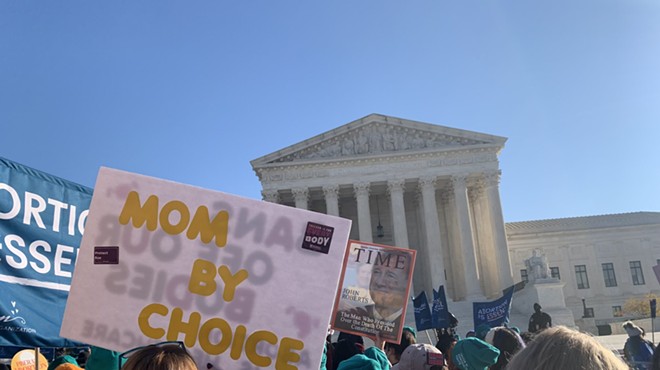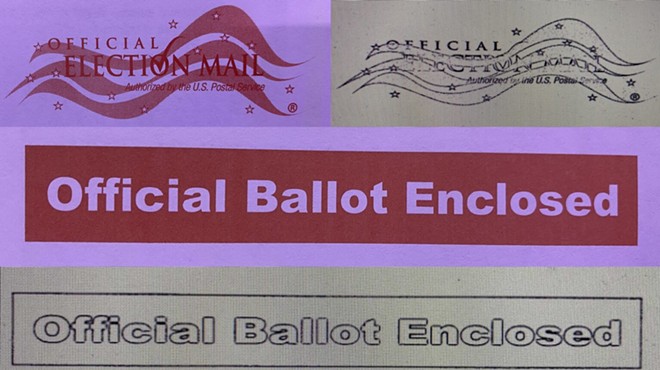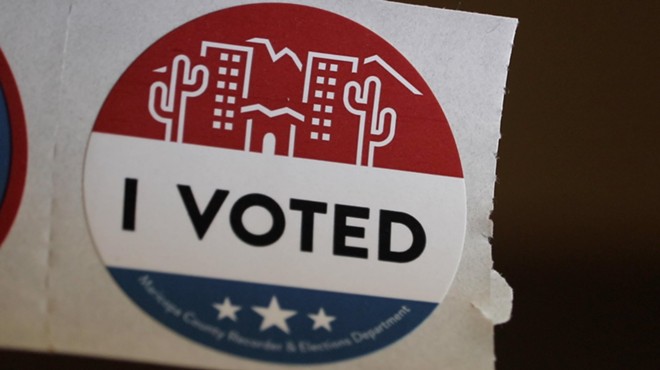Monday, December 19, 2016
More on 'Classrooms First' and Education Spending
Don't expect to see additional money for education coming out of the 2017 legislature. Ain't gonna happen, unless I'm happily mistaken. (Man, would I like to be wrong about this!) Instead, expect to see them talk about ways to change how we spread around the current funding, and about how to get more money into the classroom. That's how the Classrooms First Initiative Council framed the issue in its Final Report, and it's how Republicans are going to frame their argument when they write their budget, as if the most important thing is doling out the current funding more fairly and spending it more efficiently. They're going to use that to duck the biggest issue facing our schools: not enough money.
The fact is, any inequities in the way we dole out money to schools and inefficiencies in the ways schools spend it pale in comparison to our unconscionable underfunding of K-12 education in Arizona.
Ducey calls his group looking at education funding his Classrooms First Initiative Council for a reason. A favorite conservative ploy to change the subject from increasing school funding is to talk about the percentage of money that makes it into the classroom. So let's take a look at that bit of misdirection.
It's true, Arizona schools spend a lower percentage of their overall funding for instruction than most other states. It's true and inevitable. The less money schools have overall, the higher the percentage that goes to pay for fixed expenses like building maintenance, operating expenses, transportation and food services. You simply can't do much to lower those costs. But you can always cram a few more desks into a classroom, put off new textbook and computer purchases and, of course, pay your teachers insultingly low salaries. The less money schools have, the lower the percentage that makes it into the classroom.
But let's say Arizona schools figure out how to get a larger percentage of their funding into instruction. Let's say they raise classroom spending by five percent. That sounds like a lot more money in the classroom, right? But it isn't. It's less than $400 per student.
Arizona is 49th in the country in per-student spending according to census figures. Oklahoma, number 48, spends $500 more per student than we do. By bringing our funding up a notch to Oklahoma levels, we could put another $400 per student into instruction and, instead of doing it by scrimping on fixed costs, we'd have $100 per student left over to fix or replace a few old buses, make some much-needed repairs and updates to our schools, maybe even improve the quality and nutrition of school lunches.
If we matched 47th place Mississippi, we'd have $900 more per student. If we made it all the way to Texas, it would be $1,100 more. And if we dreamed the impossible dream and equalled the national average, we'd have—drum roll, please—$3,000 more per student.
And we're worrying about trying to squeeze another $400 per student from our shamefully inadequate funding? Give our schools something close to what other states spend on education, and we'll see far more than an added $400 per student making it into the classroom.
The Classrooms First Initiative Council says the way we distribute money to various school districts and to charters isn't equitable, and it recommends a number of ways to remedy that situation. Actually, compared to many other states, Arizona does a reasonably good job of doling out its funding. Sure, it could be done more fairly—though from my reading of the council's Final Report, their recommendations would increase the inequities in favor of charter schools and districts with higher income families—but our main problem is underfunding, not inequitable funding. Give schools the money they need to provide a quality education to their students and the district-to-district and school-to-school differences will shrink in importance.
The legislature's duty to the schools is to give them adequate funding, first and foremost, which they aren't doing and haven't done for ages. After that, it can worry about the niceties of equalizing distribution of funds and getting more money into classrooms.
I still haven't written about the specifics of the Classrooms First Initiative Council's recommendations. That's going to have to wait for yet another post.
The fact is, any inequities in the way we dole out money to schools and inefficiencies in the ways schools spend it pale in comparison to our unconscionable underfunding of K-12 education in Arizona.
Ducey calls his group looking at education funding his Classrooms First Initiative Council for a reason. A favorite conservative ploy to change the subject from increasing school funding is to talk about the percentage of money that makes it into the classroom. So let's take a look at that bit of misdirection.
It's true, Arizona schools spend a lower percentage of their overall funding for instruction than most other states. It's true and inevitable. The less money schools have overall, the higher the percentage that goes to pay for fixed expenses like building maintenance, operating expenses, transportation and food services. You simply can't do much to lower those costs. But you can always cram a few more desks into a classroom, put off new textbook and computer purchases and, of course, pay your teachers insultingly low salaries. The less money schools have, the lower the percentage that makes it into the classroom.
But let's say Arizona schools figure out how to get a larger percentage of their funding into instruction. Let's say they raise classroom spending by five percent. That sounds like a lot more money in the classroom, right? But it isn't. It's less than $400 per student.
Arizona is 49th in the country in per-student spending according to census figures. Oklahoma, number 48, spends $500 more per student than we do. By bringing our funding up a notch to Oklahoma levels, we could put another $400 per student into instruction and, instead of doing it by scrimping on fixed costs, we'd have $100 per student left over to fix or replace a few old buses, make some much-needed repairs and updates to our schools, maybe even improve the quality and nutrition of school lunches.
If we matched 47th place Mississippi, we'd have $900 more per student. If we made it all the way to Texas, it would be $1,100 more. And if we dreamed the impossible dream and equalled the national average, we'd have—drum roll, please—$3,000 more per student.
And we're worrying about trying to squeeze another $400 per student from our shamefully inadequate funding? Give our schools something close to what other states spend on education, and we'll see far more than an added $400 per student making it into the classroom.
The Classrooms First Initiative Council says the way we distribute money to various school districts and to charters isn't equitable, and it recommends a number of ways to remedy that situation. Actually, compared to many other states, Arizona does a reasonably good job of doling out its funding. Sure, it could be done more fairly—though from my reading of the council's Final Report, their recommendations would increase the inequities in favor of charter schools and districts with higher income families—but our main problem is underfunding, not inequitable funding. Give schools the money they need to provide a quality education to their students and the district-to-district and school-to-school differences will shrink in importance.
The legislature's duty to the schools is to give them adequate funding, first and foremost, which they aren't doing and haven't done for ages. After that, it can worry about the niceties of equalizing distribution of funds and getting more money into classrooms.
I still haven't written about the specifics of the Classrooms First Initiative Council's recommendations. That's going to have to wait for yet another post.
Tags: Classrooms First Initiative Council , Final Report , Doug Ducey , Classroom spending














